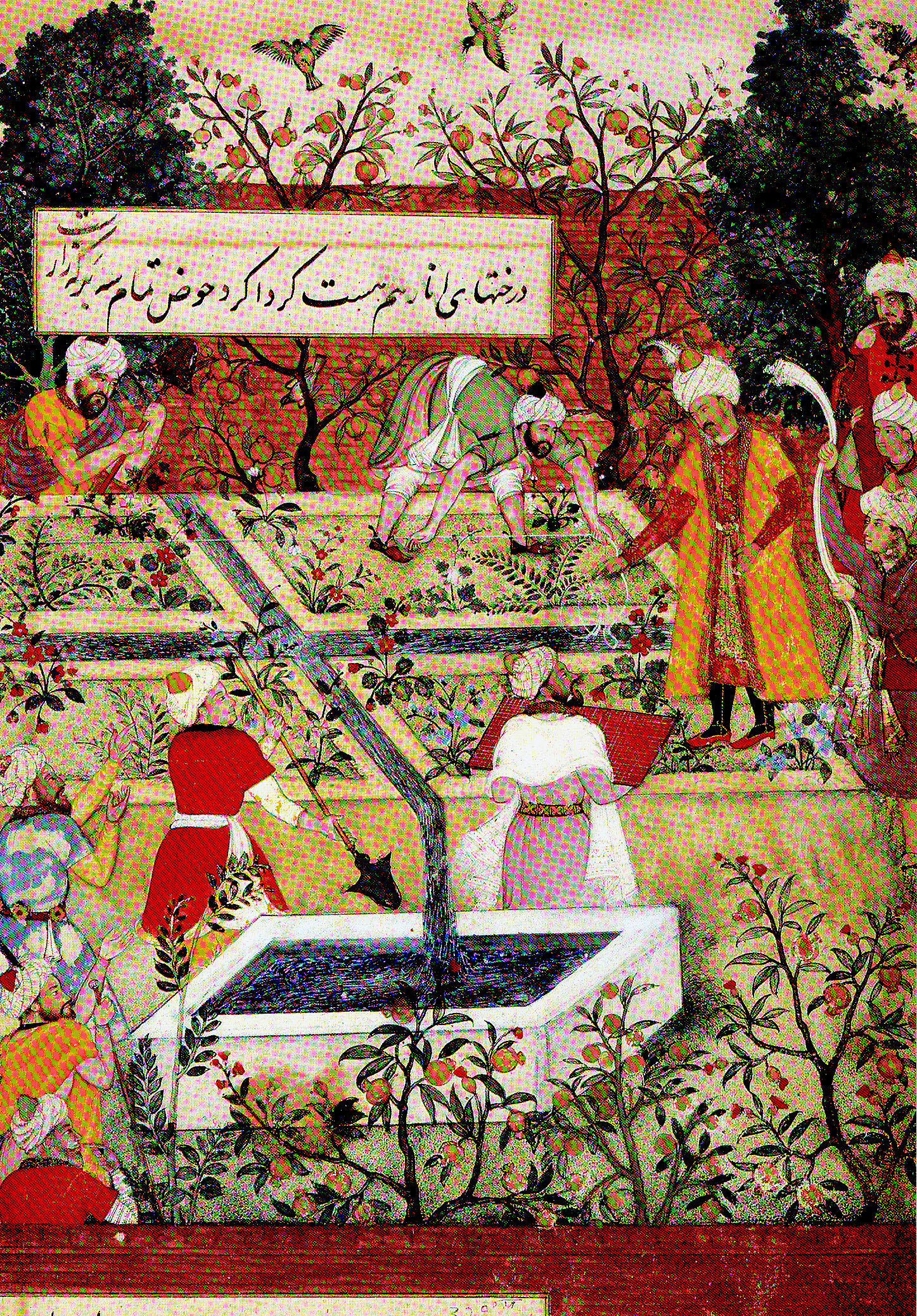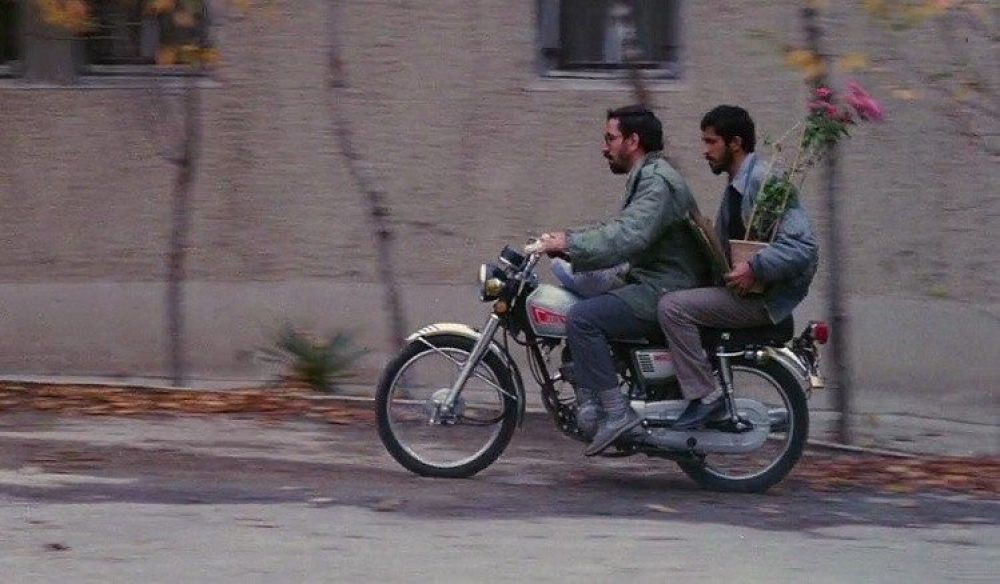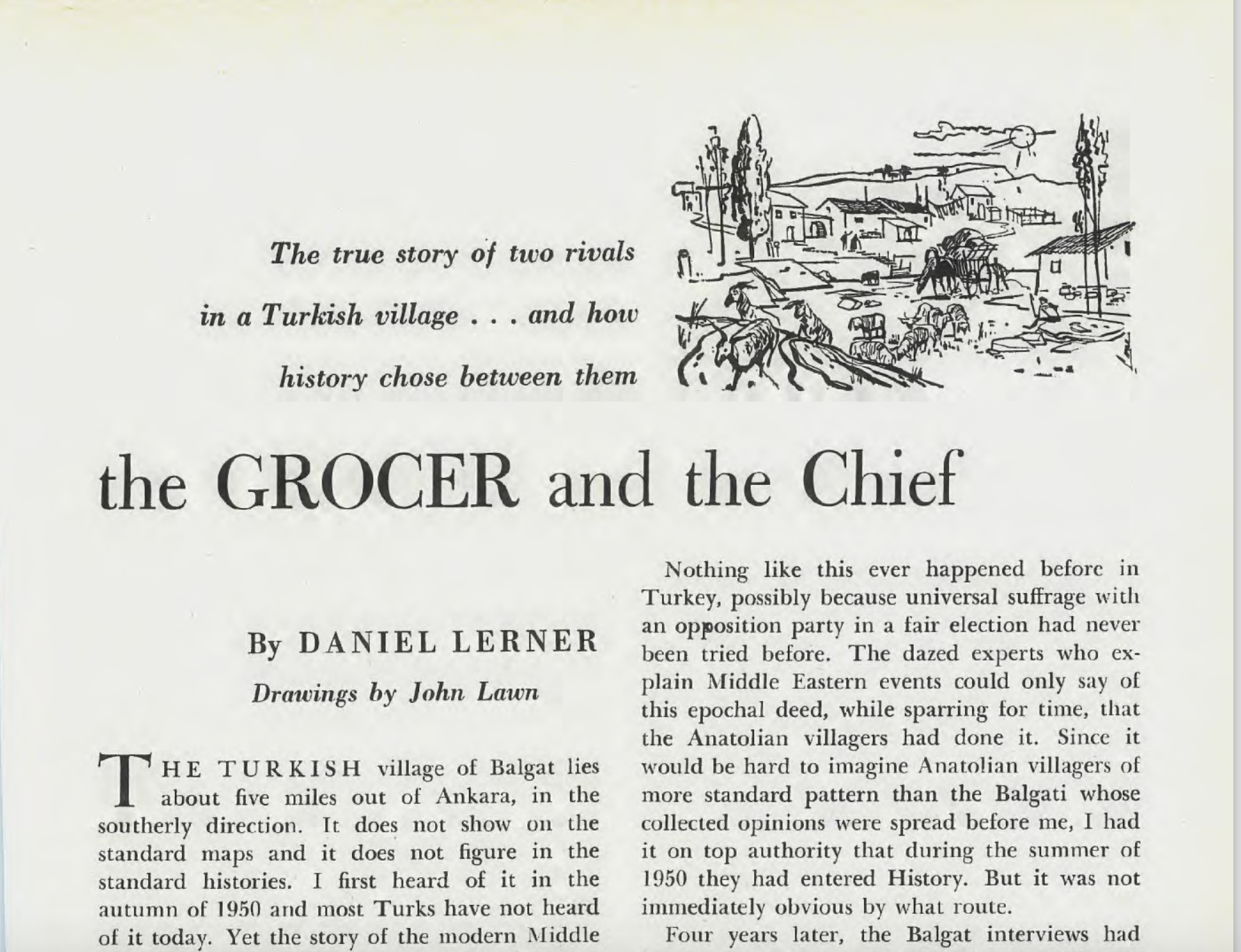On this reading of , what stayed with me was voice. The verisimilitude of Kapuściński’s narrative in Shah of Shahs makes the text authoritative. It’s his voice that wins the reader over, to the point of confusion: A non-Iranian wrote this? But it sounds right and reads right. He gets it, he gets Iran.
But what is that “Iran?” Does the official project of producing the “good Muslim” align with Islam as it is lived Iran in its emptying villages or along Tehran’s alleyways, in the day to day lives and experiences of ordinary Iranians? What is Iran as it is made and remade, by the Shah and his father, and now by the IRI, determined to redeem Iran’s lost culture, to bring about a “return to the self.”
From the text we learn that Iran is a country crippled by fear (pg. 43) and overwhelmed by self-loathing (pp. 38-40, 45-46, and especially 95-97) each citizen both a victim and an agent of an implacable state.
From that same text we also learn that Iran is a Shiite country, filled with “rabid oppositionists” incapable of standing down in the face of injustice, partisans in a constant crouch of defiance and dissembling before authority (pp. 67, 71, 74). We are told that it is not by accident that Iran’s recent history is lined with once-powerful rulers who were sent off to exile or met an untimely death by their own people.
I asked you in class to consider “how this happened,” why there was a revolution in Iran. I’m not sure that Kapuściński adequately answers that question, or that he’s even capable of addressing it.
You might ask yourself: What is Kapuściński’s theory of change? The author gives us the Shah’s version of change, what James C. Scott describes as “high authoritarianism,” its goals described on pg. 53, its limitations explained in painful detail on pp. 56-57.
You might also ask yourself: What was Kapuściński’s method and why does it matter? The charm of the narrative voice contains most of the books flaws. Kapuściński’s clearly relies on the native informant, that this uncanny ability to reproduce voices relies on caricature and inconsistency provided by “real” Iranians (see above all the ridiculous scene on pg. 39).
Kapuściński, however, is all over the place with his own explanations, presenting in places a particularly intense local account of revolt that is uniquely Iranian (they were Shiites!, and in other places he turns to a more generalized and psychological accounts (it was the dissipation of fear!). But why did the fear go away? Why did the Shiites not rebel for so long? Why were Iranians so resigned, even willing participants (“both victim and agent”), in their fate? There are no answers for these questions, the revolution remains the same mystery that it was in 1979.
It seems to me that Kapuściński offers an array of perfectly reasonable, and perfectly irreconcilable, explanations for what happened in Iran between 1978 and 1979.
There is, of course, another “why” question, one less concerned with the mechanisms of revolution and more with the philosophy, of first principles. Why “revolution?” Why revolt in the first place? What comes of an overthrow, of the “exuberance” that it produces and that Kapuściński described so movingly in Shah of Shahs. What of, especially, the “and afterwards?”
There is a real experience of melancholy that comes when the grand adventure is over. The gnashing of teeth and beating of breasts becomes catharsis, a way to restore one’s dignity (we’ll come back, over and over again, to dignity) but did it produce better lives, a better future? Was the revolution, any revolution, worth it? If not, what were the alternatives?
This question of the limitations of Iran’s latest, and perhaps last, revolution, matters because it is, I suspect, why many if not most Iranians seek humility in their politics. Revealed in the fullness of time the quest to remake the world has been shown to maybe, just maybe, not be worth it. What needs to be done is to work within what is already there, to tend, like Hamid and Ali, one’s garden…

Babur’s garden, Baburnama, 16th c. British Library


